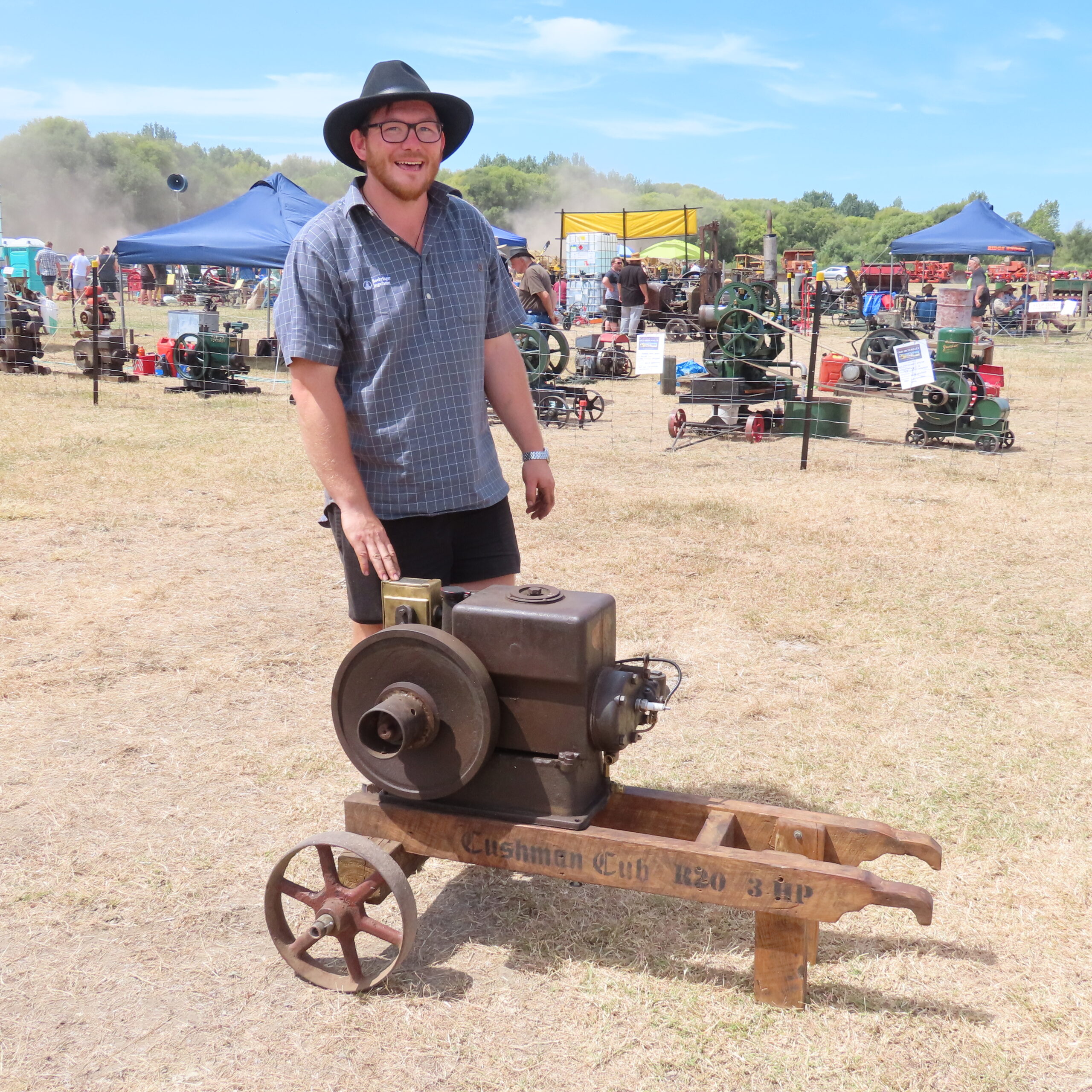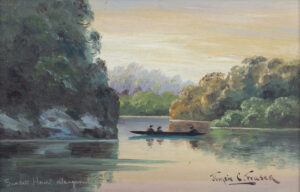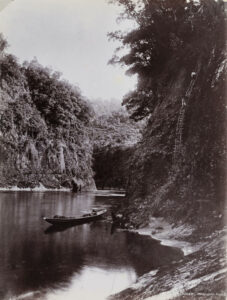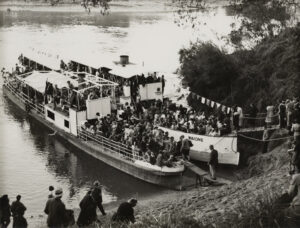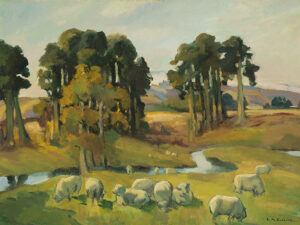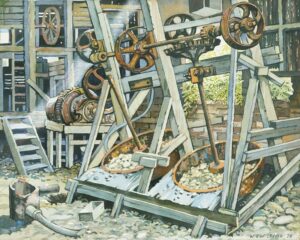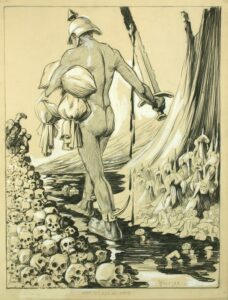October 2022: Stanley Fraser
Each month a member of our community is invited to browse our online collection and select six of their favourite artworks. Each My Choice selection, together with personal responses to the works, will be available to view on the Sarjeant Gallery website for one month at a time. The October 2022 My Choice has been selected by Stanley Fraser and is available to view until 31 October, 2022.
Stanley Fraser hails from an agricultural background with a passion for heritage. He is a Chartered Accountant based in Ohakune working for Ātihau Whanganui Incorporation as well as working on his family’s sheep and beef farm.
He supports his agricultural and heritage passions by involvement with New Zealand Young Farmers, the Manawatu Vintage Machinery Club and he is a Joint Council Trustee of the Whanganui Regional Museum. He has a keen sense of adventure and love of history and learning.


